“Know Before Whom You Stand”
My knees hit the ground and with my face in my hands, I prayed with all my heart, “Oh God, please spare her life!”
I pleaded with the Almighty for the life of a dear loved one. We didn’t know if she would make it through the night. I remained in this position for forty-five minutes not realizing the circulation had been cut off from my feet.
I prayed until I knew I was heard.
An ancient synagogue stands in Padua, Italy[1]. Its structure has been renovated and preserved for over five centuries. It was known for its monumental marble Torah ark but one remnant that stood above the ark made it into the Museum of Italian Jewish Art in Israel. The marble plaque originally was painted green with gilt lettering and must have caught the eye of every worshipper before the synagogue’s destructive fire in 1943 – another casualty of World War II.
The inscription: “Know Before Whom You Stand.”[2]
How many heads bowed in response to that statement over the many years?
Within the Jewish community there is a Hebrew phrase used when teaching about prayer: pray with kavanah (intentionality). It’s the idea of directing one’s own heart and understanding toward God. Praying with intent, concentrating your whole being on the One to whom you are praying.
One Jewish website explains kavanah this way:
“The minimum level of kavanah is an awareness that one is speaking to G-d[3] and an intention to fulfill the obligation to pray. If you do not have this minimal level of kavanah, then you are not praying; you are merely reading. In addition, it is preferred that you have a mind free from other thoughts, that you know and understand what you are praying about and that you think about the meaning of the prayer.”[4]
In the synagogues, when the Amidah[5] is said, it is tradition to pray with your whole body as well. It is customary to bend the knees, bow the head, then rise as the name of the LORD is sung. Moving the body in reverence to the words spoken. It is a beautiful sight to see an entire family of worshippers bowing and praying in unison…with kavanah.
Honestly, I am guilty of praying absentmindedly. Some of my prayers could also be described as worrying out loud to God. With all the burdens and stresses I encounter daily, I try to turn them into prayer. But sometimes it is more of a venting session than kavanah. I was convicted when learning about the Jewish traditions of prayer.
It seemed easier to pray fervently when my loved one’s life hung in the balance. I was able to focus my entire being on the One who could save.
Thankfully He heard and answered. A specific surgeon just happened to be at the hospital to preform the lifesaving operation.
Jesus had much to say about prayer. In Matthew 6:6-8 we read:
“But you, when you pray, go into your inner room; and when you have shut your door, pray to your Father who is in secret. And your Father, who sees in secret, shall reward you. And when you are praying, do not babble on and on like the pagans; for they think they will be heard because of their many words. Do not be like them, for your Father knows what you need before you ask Him.”
This scripture reminds me that prayer is not merely making request because He already knows what we need. Prayer in this context seems to show our need for true connection with Him and confidence in His character.
To know Him, to Whom we speak.
I have challenged myself in a new discipline of prayer: First, to stand quietly before speaking, acknowledging the Almighty for who He is. Imagining walking into the presence of the King of Kings. Then quietly and confidently placing my heavy burdens into His capable hands. And finally sitting in His presence, giving Him my full attention.
Kavanah.
Written by Kori, LIFE Staff
What does kavanah mean in your prayer life?
When was the last time you prayed so hard your knees hurt?
What burdens do you need to place in His capable hands?
Endnotes:
[1] https://en.wikipedia.org/wiki/Padua_Synagogue.
[2] The Hebrew phrase דע לפני מי אתה עומד (“Da Lifnei Mi Atah Omed”; “Know Before Whom You Stand”) is commonly inscribed over the place of prominence given to the “holy ark” containing Torah scrolls at the front of each synagogue. It is adapted from Rabbi Eliezer’s instruction to his students in Talmud Tractate Berakhot 28B.
[3] https://www.jewfaq.org/prayer.htm.
[4] Jewish way to avoid writing a name of the Creator, to avoid the risk of the sin of erasing or defacing the His Holy Name.
[5] A central prayer of Jewish liturgy, included in morning, afternoon, and evening prayers each weekday, as well as additional prayers.
